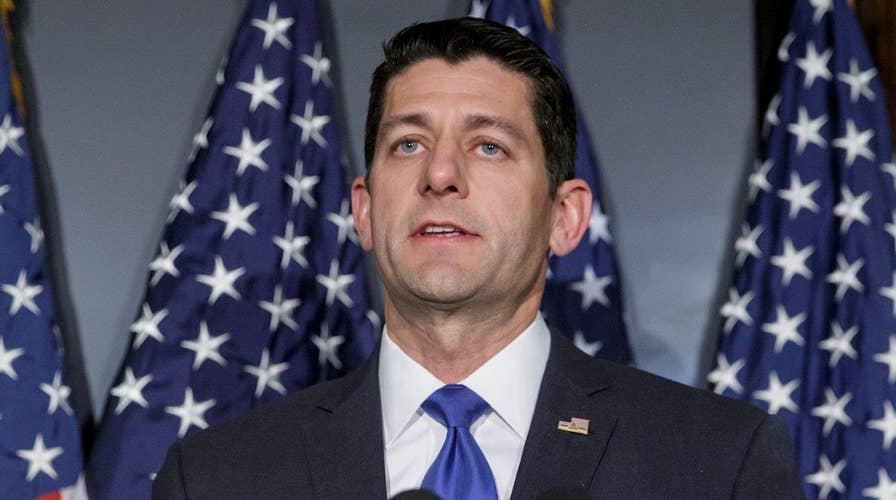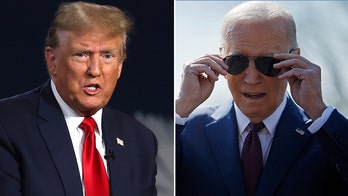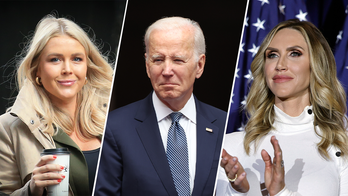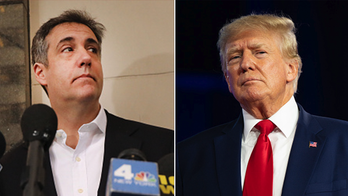My crystal ball has been in the shop lately. But even in April, you don’t have to be a soothsayer to know what is likely to happen this September and December on Capitol Hill.
A little congressional clairvoyance:
There’s work in the House and Senate on a series of annual spending bills, and it doesn’t look pretty.
With no budget, the House must wait to start debate and votes on appropriations bills until May 15. Republicans are hopeful about those 12 annual government funding measures. But what is past is prologue. If there’s trouble approving a budget, issues could vex some of those spending bills. Republicans might flail finding the right vote mix to drag those measures across the finish line. Keep in mind that many Republicans will demand that the GOP brass latch various “riders” dealing with a host of hot-button social issues to those bills in order to earn their yea votes. Those riders could include topics ranging from abortion to ObamaCare – or even restrooms.
Of course, both houses of Congress must approve the same version of all 12 appropriations bills by Oct. 1, the start of the government’s new fiscal year. Good luck. Remember, conservatives hoped they’d actually move most if not all of those spending packages through the House this year with House Speaker Paul Ryan, R-Wis., at the helm. Still, Ryan insists they’ll try the appropriations process this year.
What does that mean? Two things. Either there’s a government shutdown or Congress approves an interim spending bill through, say, December. Early to mid-December as an expiration deadline is a good bet because it gets Congress beyond the presidential election and grants lawmakers time to sort out the electoral consequences.
Considering the political dynamics, the House could advance that plan with just some Republicans and lots of help from minority Democrats.
“It’s doubtful that appropriations bills are going to get done in time,” augured House Minority Whip Steny Hoyer, D-Md.
A stopgap spending bill is known as a Continuing Resolution or “CR.” It simply renews all of the government’s spending levels from the previous fiscal year and keeps the lights on in federal offices. Approving a CR means conservatives can’t pepper the glommed-together measure with those social policy riders, either.
This is exactly what happened many times when then-House Speaker John Boehner was in charge. This scenario is exactly what Republicans were trying to sidestep under Ryan’s new leadership.
A CR avoids an immediate government shutdown. But then comes the December deadline. Divining rods might provide a little more clarity at that point. But again, Congress stands at a crossroads. It’s possible lawmakers could approve a second CR which would run until late February or March, 2017. Again, this would keep the government operating and give the new president and Congress a chance to settle the spending situation for the remainder of fiscal 2017 (which runs until Oct. 1 of next year). Or, lawmakers could just sew all 12 individual spending bills into a gigantic, omnibus spending package which would run until the fall of 2017. The latter tactic means the spending bills are actually written and may include different allocations for various programs. But it’s a take-it-or-leave-it proposition. Everyone has to vote yes or no on the entire package. Such an approach would probably lack some of those policy riders.
Again, this catchall tactic is a course congressional Republicans were trying to avoid this time around, too.
Taking these paths could infuriate Republicans who hoped they’d be able to legislate under a new Speaker. In fact, the repeated CR/omnibus dance was one of the major criticisms conservatives leveled Boehner during his time in the Speaker’s suite.
Conservatives constantly berated Boehner for advancing spending bills with Democrats and not a lot of GOP support. Ryan may be forced to repeat Boehner’s maneuvers to keep the government operating. To Ryan’s credit, he’s built significant credibility with his GOP colleagues. But one wonders how House Republicans might perceive the speaker if the results are essentially the same as those reached on Boehner’s watch.
Republicans might advocate for their policy riders. But looming as a backdrop against all of this are four, key Democratic policy priorities like funding for Zika.
The Obama administration requested $1.9 billion to combat Zika in an emergency, supplemental spending measure. That’s essentially a “13th” spending bill. Congress is still operating under sequestration budgetary caps which lawmakers agreed to as part of the Budget Control Act (BCA) in 2011. Deeming a separate Zika measure as an “emergency” wouldn’t count against those caps. Conservatives are already calling for offsets for any potential new Zika money.
The severity of the outbreak is the wild card with Zika. If the outbreak is devastating, lawmakers may be forced to act immediately.
Rep. Tom Cole, R-Okla., chairs the Appropriations Subcommittee which funds health programs. Cole accused Democrats of “trying to stampede us into a bunch of emergency spending.”
In short, this year will probably wind up a lot like last year when it comes to Congress addressing the nation’s spending interests. You’re not going to need extrasensory perception or a trip to the palm reader to figure this out.
And the worst-kept secret on Capitol Hill? Most folks suspect this is exactly how it’s going to turn out.
Capitol Attitude is a weekly column written by members of the Fox News Capitol Hill team. Their articles take you inside the halls of Congress, and cover the spectrum of policy issues being introduced, debated and voted on there.





